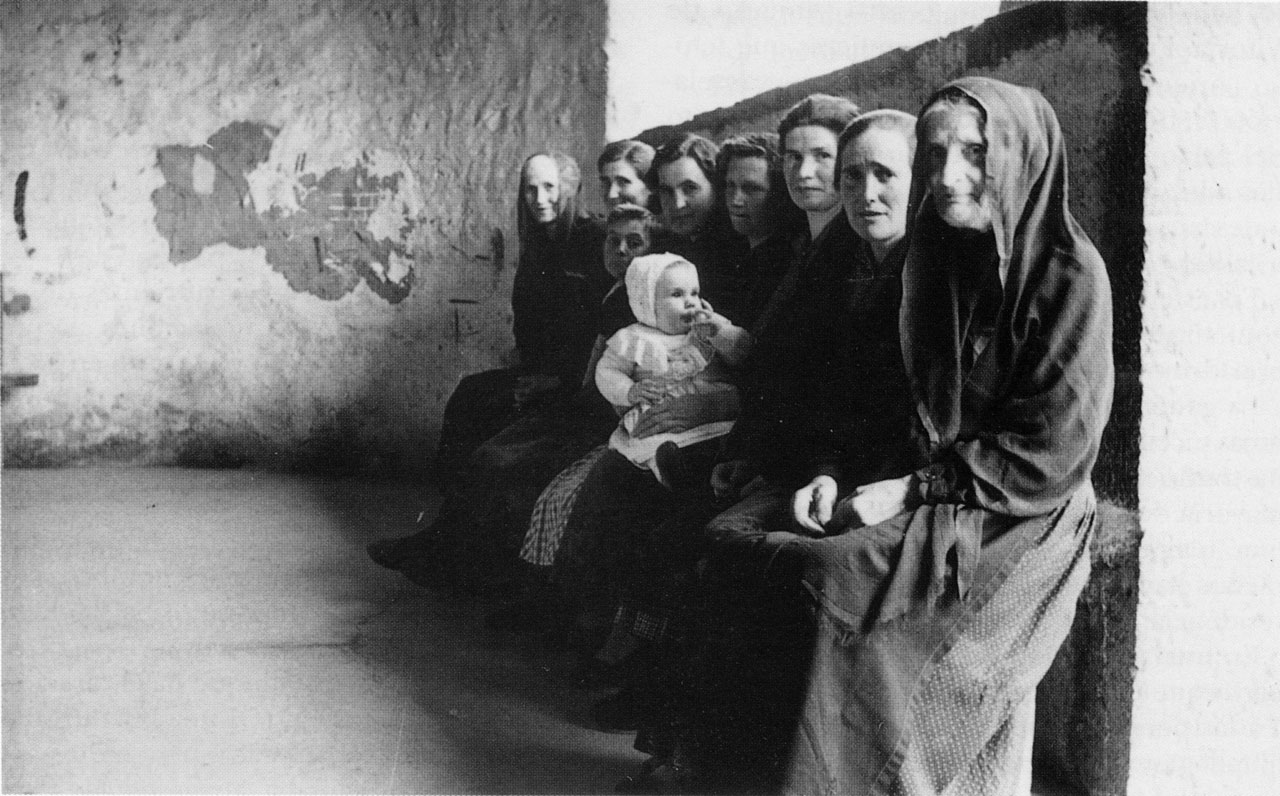Main Page/en
De Atlas Etnográfico de Vasconia
Revisión del 12:43 27 ene 2020 de Admin (discusión | contribuciones)
Hearth, wood-burning stove and butane cooker. Neighbourhood of Aiuria (Muxika-B), 2011. Source: Segundo Oar-Arteta, Etniker Euskalerria Groups.
House and Family in the Basque Country


House and Family in the Basque Country
Etxe onak, txingar ona. A good fire in a good home.
Family Diet in the Basque Country


Family Diet in the Basque Country
Gabon, bon-bon; Natibitate, ase eta bete; San Estebantxe, lehen letxe. Eat heartily on Christmas Eve; until you feel full at Christmas; and back to normal on St Stephen’s Day.
Children riding scooters and tricycles at Florida Park. Source: Municipal Archive of Vitoria-Gasteiz: Ceferino Yanguas.
Children’s Games in the Basque Country


Children’s Games in the Basque Country
Humans play games throughout their lives; however, that activity has a clearly different role for children and adults.
Traditional Medicine in the Basque Country


Traditional Medicine in the Basque Country
No distinctions between beliefs and empirical cures in the traditional mindset.
Rites from Birth to Marriage in the Basque Country


Rites from Birth to Marriage in the Basque Country
Ogiaren kurruskua mutikoa izan dadin. Eat up your crusts to have a boy.
Funeral Rites in the Basque Country


Funeral Rites in the Basque Country
Cuando el cárabo canta, la muerte levanta. When the tawny owl hoots, death wakes up.
Ganaderia y pastoreo en Vasconia


Ganaderia y pastoreo en Vasconia
The permanence of shepherding in the mountains of the Basque Country over centuries may help understand the fact that denominations given to diverse species of livestock, as well as to the implements used, form a distinguishing lexical corpus, independent from Indoeuropean languages.
Agricultura en Vasconia


Agricultura en Vasconia
Hasta la década de los años 1950 el molino harinero era un elemento indispensable en la economía grícola-ganadera de nuestros pueblos.
,-2011.jpg)







